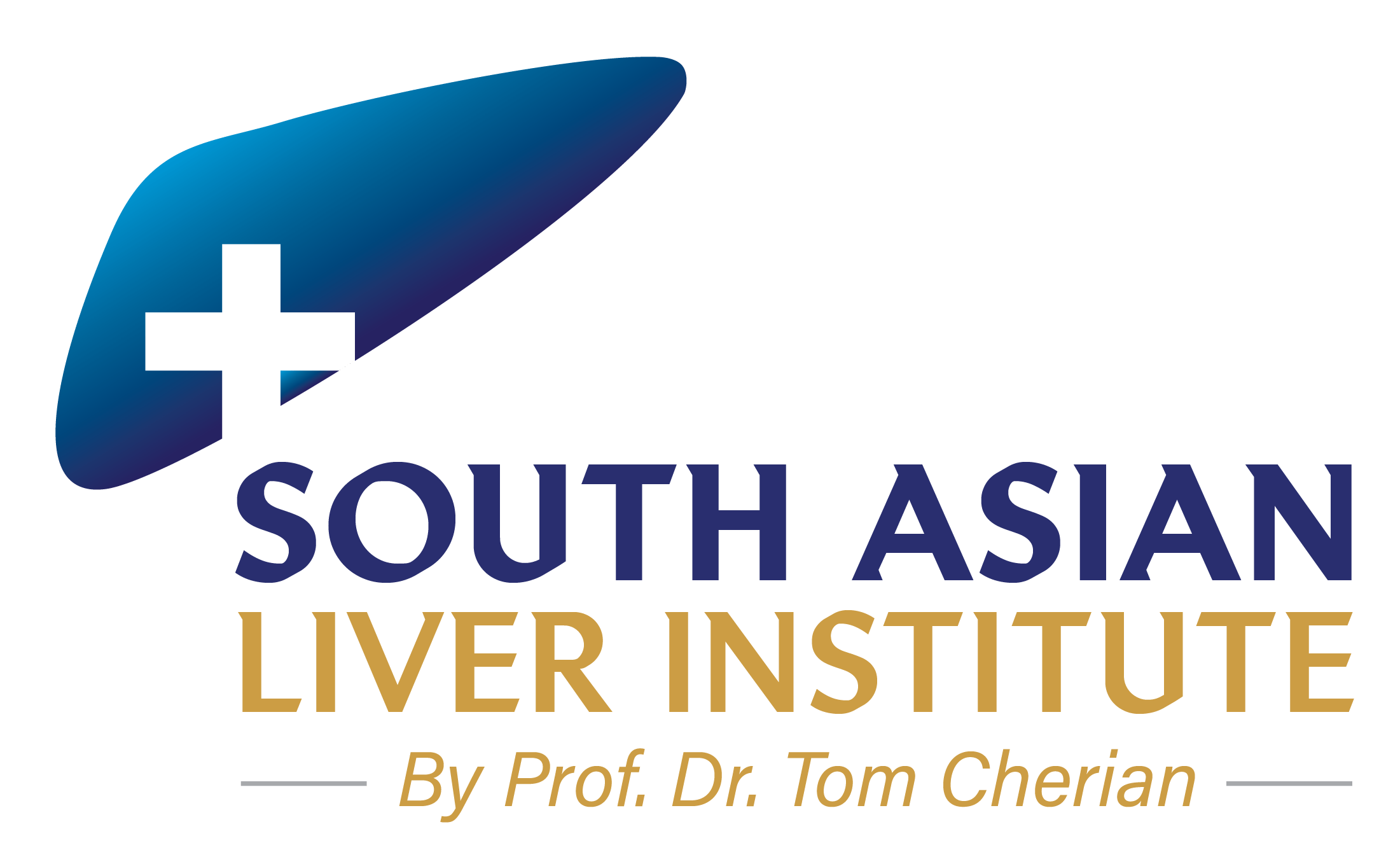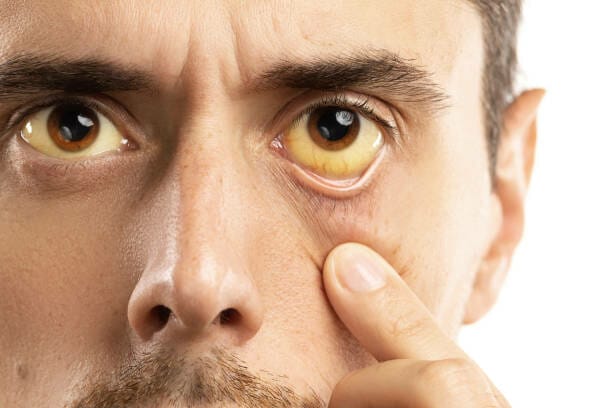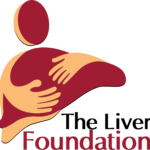What is Jaundice
Jaundice, also known as icterus, is a yellowish or greenish pigmentation of the skin and whites of the eyes due to high bilirubin levels. Bilirubin is formed when hemoglobin breaks down as a part of the natural process of cell recycling. It is carried in the blood to the liver where it binds with bile. Bile is fluid which is secreted by the liver.This yellow color is caused by increased level of bilirubin, a yellow-orange bile pigment. Jaundice in adults is typically a sign indicating the presence of underlying diseases involving abnormal heme metabolism, liver dysfunction, or biliary-tract obstruction.
The prevalence of jaundice in adults is rare, while jaundice in babies is common, with an estimated 80% affected during their first week of life. Normal levels of bilirubin in blood are below 1.0 mg/dl (17 μmol/L), while levels over 2–3 mg/dl (34-51 μmol/L) typically result in jaundice. High blood bilirubin is divided into two types – unconjugated and conjugated bilirubin.
Signs & Symptoms
If you have a jaundice usually caused by infection, you may have the following symptoms and signs:
- Fever
- Chills
- Abdominal pain
- Flu-like symptoms
- Change in skin color
- Dark-colored urine and/or clay-colored stool
Causes
Jaundice is a sign indicating the presence of an underlying diseases involving abnormal bilirubin metabolism, liver dysfunction, or biliary-tract obstruction. In general, jaundice is present when blood levels of bilirubin exceed 3 mg/dl. Jaundice is classified into three
categories, depending on which part of the physiological mechanism the pathology affects.
The three categories are:
- Prehepatic
- Hepatic
- Posthepatic
Category Definition
Prehepatic/hemolytic: The pathology occurs prior to the liver metabolism, due to either intrinsic causes to red blood cell rupture or extrinsic causes to red blood cell rupture.
Hepatic/hepatocellular: The pathology is due to damage of parenchymal liver cells.
Posthepatic/cholestatic: The pathology occurs after bilirubin conjugation in the liver, due to obstruction of the biliary tract and/or decreased bilirubin excretion.
Prehepatic Causes
Prehepatic jaundice is most commonly caused by a pathological increased rate of red blood cell (erythrocyte) hemolysis. The increased breakdown of erythrocytes → increased unconjugated serum bilirubin → increased deposition of unconjugated bilirubin into mucosal tissue.
The following diseases may cause jaundice:
- Thalesemia
- sickle-cell anemia
Hepatic Jaundice
It is caused by abnormal liver metabolism of bilirubin. The major causes of hepatic jaundice are significant damage to hepatocytes due to infectious, drug/medication-induced, autoimmune etiology, or less commonly, due to inheritable genetic diseases.
The following is a partial list of hepatic causes to jaundice:
- Acute hepatitis
- Chronic hepatitis
- Hepatotoxicity
- Cirrhosis
- Drug-induced hepatitis
- Alcoholic liver disease
Posthepatic Causes
Posthepatic jaundice (obstructive jaundice), is caused by a blockage of bile ducts that transport bile containing conjugated bilirubin out of the liver for excretion.
This is a list of conditions that can cause posthepatic jaundice:
- Choledocholithiasis (common bile duct gallstones)
- Pancreatic cancer of the pancreatic head
- Biliary tract strictures
- Biliary atresia
Treatment
Treatment of jaundice varies depending on the underlying cause.If a bile duct blockage is present, surgery is typically required; otherwise, management is medical.Surgery in patients with obstructive jaundice are associated with significantly higher rates of complications. Medical management may involve treating infectious causes and stopping medication that could be contributing to the jaundice.
Dietary Management
High Calorie diet around 30-35 kcal/kg body weight, moderate carbohydrate, high protein diet around 1-1.2 gms/kg body weight, low fat diet (20-25gms/day) and high fibre diet to be include per day.
Foods to be Included in Diet
- Daily include 6-8 glasses of water per day.
- Fresh fruits and vegetables to be consumed.
- Include watermelon and fenugreek seeds.
- Can include boiled egg whites.
- Can Include dals, rice and millets which are good in jaundice.
- Can include fruit juice prepared at home.
- Can include low fat milk, curd and buttermilk.
Foods to be Taken in Moderate Amounts
- Multigrain bread
- Soyabeans
- Raddish, brinjal, beans, capsicum and beetroot
- Mango
- Lean chicken and fish
- Almonds and Walnuts
Foods to be Avoided
- Avoid beef and red meat.
- Avoid full fat milk.
- Avoid deep fried foods.
- Avoid sweets and desserts.
- Avoid coffee, tea which can cause more inflammation.
- Avoid alcohol.
- Avoid coconut.
- Avoid Refined Sugar.





